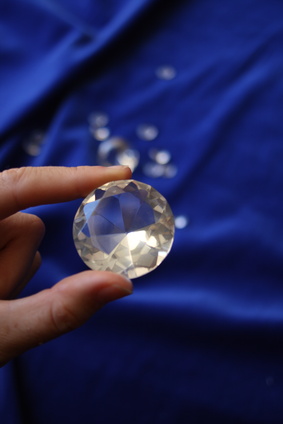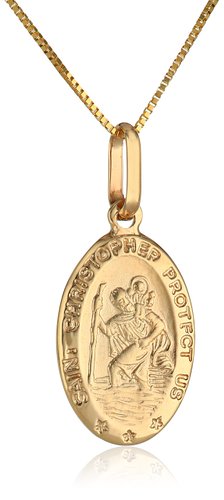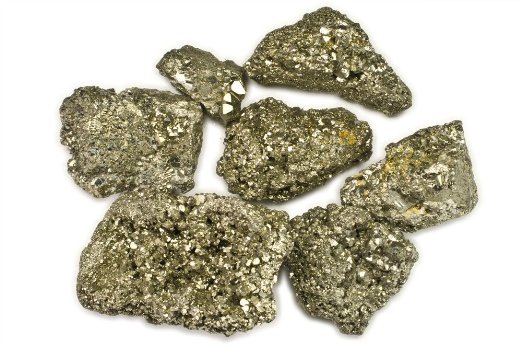What Are Rhinestones Made Of?
Rhinestone is a name that originally referred to crystals collected along the riverbeds of the Rhine River in Europe.
Nowadays, the rhinestones sold as jewelry are made of quartz, glass or plastic and can be seen in a variety of colors.
These stones are relatively cheap, and when cut, faceted, and polished, they can be used as diamond imitations as long as they are colorless.
Ways to Tell Rhinestones and Diamonds Apart
Here are some of the most reliable ways to distinguish between diamonds and rhinestones:
Fog Test
A distinctive characteristic of diamond is that due to its physical properties, it does not retain moisture on its surface for a long time.
So, if you breathe on a real diamond, the fog created from your breath on the stone will dissipate very quickly, almost instantaneously.
If you do the same test with a rhinestone, however, it will stay foggy for some time (usually 5-10 seconds).
Related: Browse a collection of real diamonds and check current diamond prices.
Reading Test
Diamonds distort the light that passes through them, and this is why if you try to read printed text through a real diamond, the letters will look blurry.
If you try to do the same with a rhinestone, the text will be more easily readable (close to how you would see it through glass).
Keep in mind, however, that diamonds that are cut shallow and have parallel walls (e.g., emerald-cut or baguette-cut stones) may not distort text as visibly, making this test inconclusive.
Rhinestones Are Softer than Diamonds
Diamond is the hardest gemstone, and whatever imitation you are looking at, it is bound to be softer that the real thing.
Because they are not as hard as diamonds, rhinestones are much easier to scratch, and over time, these scratches accumulate on their surface.
Diamonds, on the other hand, are nearly impossible to scratch from everyday wear (they can chip if hit too hard, though).
The relative softness of a cut rhinestone can also be seen in its facets, whose edges tend to be somewhat round for that reason.
The edges of a diamond’s facets are sharper, and due to the hardness of the material, they do not wear out with time.
U.V. Light Test: Not Conclusive
Some diamonds fluoresce when lit with ultraviolet light.
Rhinestones, on the other hand, usually don’t exhibit such an effect. Some vendors, however, sell rhinestones that are fluorescent.
To make things worse, many diamonds are not fluorescent. This is why using U.V. light to test whether you have rhinestone or diamond does not lead to conclusive results, and you shouldn’t take fluorescence as a clear sign that you have a genuine diamond.
Using Diamond Testers
Diamond testers are devices that check the conductive properties of a material to test whether it is diamond.
Although these tools can tell you if a stone is not a real diamond, they won’t show whether it is a rhinestone or something else.
Price as a Sign of Authenticity
Rhinestones are much cheaper than real diamonds of similar size, color, and clarity.
Although the low price may indicate that you are not dealing with a genuine diamond, some sellers may try to sell you a rhinestone pretty expensively. Use price as a clue only in conjunction with other tests.















